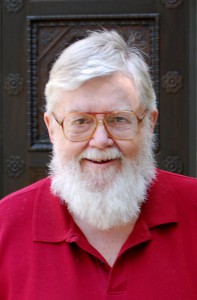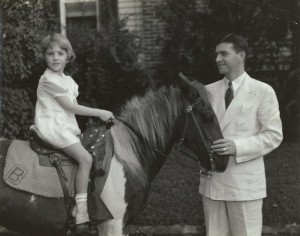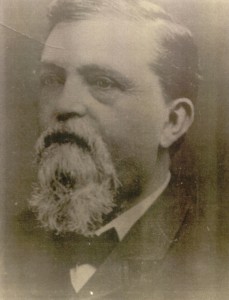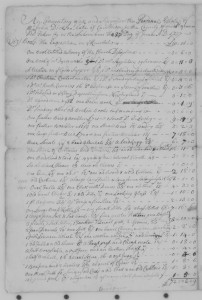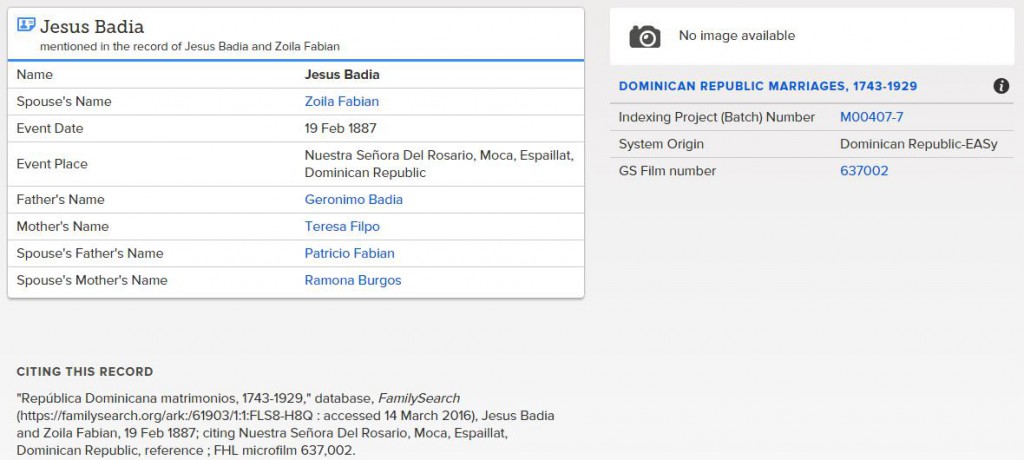
Often, when I’m looking at records on FamilySearch.org, I find source records in two categories: 1) “Browsable” (images only, no searching capability), or 2) “Searchable” (abstracted with various fields from the record). Sometimes, within the Searchable category, records will be linked to the images of the source records. In other instances, no image is available, but a link to the Family History Library film number is given. One can always then rent the microfilm to view the original record. However, before you rent the film, check the catalog, as you may be able to view the original record online, albeit in a slightly roundabout way. Continue reading Browse the images online


